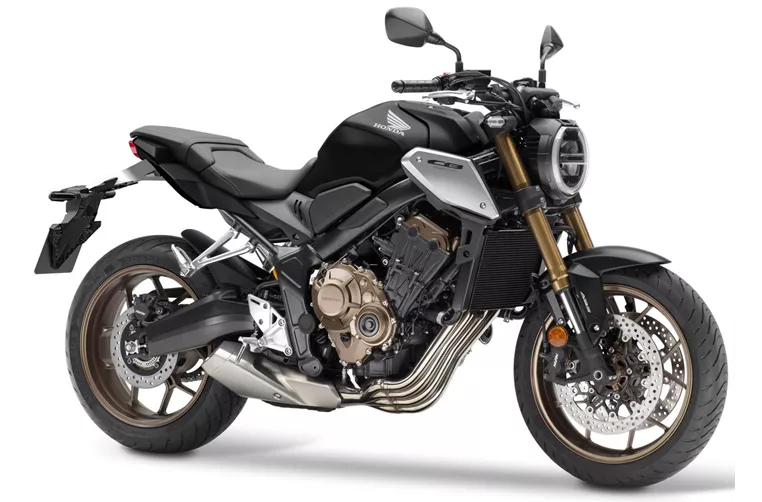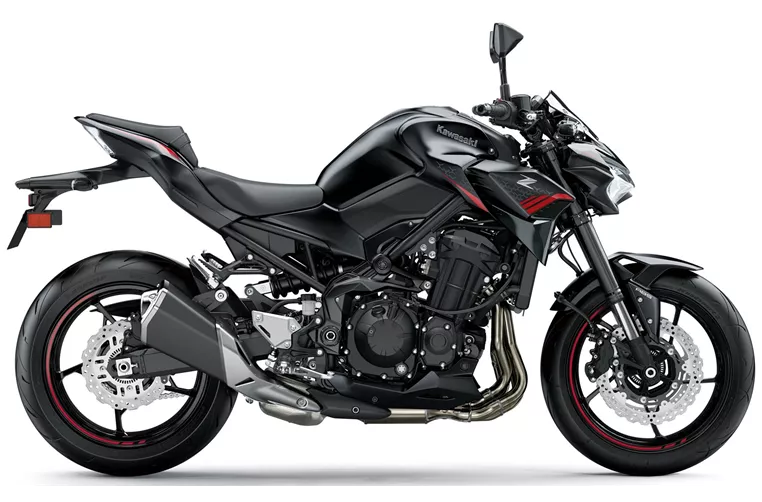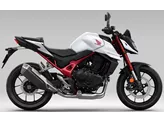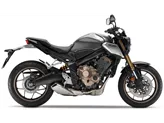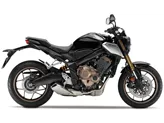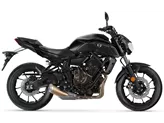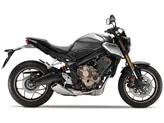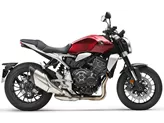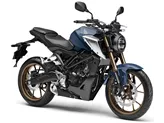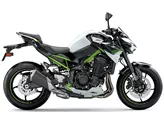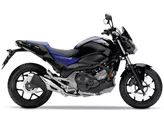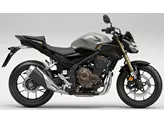Honda CB650R 2021 vs. Kawasaki Z900 70kW 2020

Honda CB650R 2021
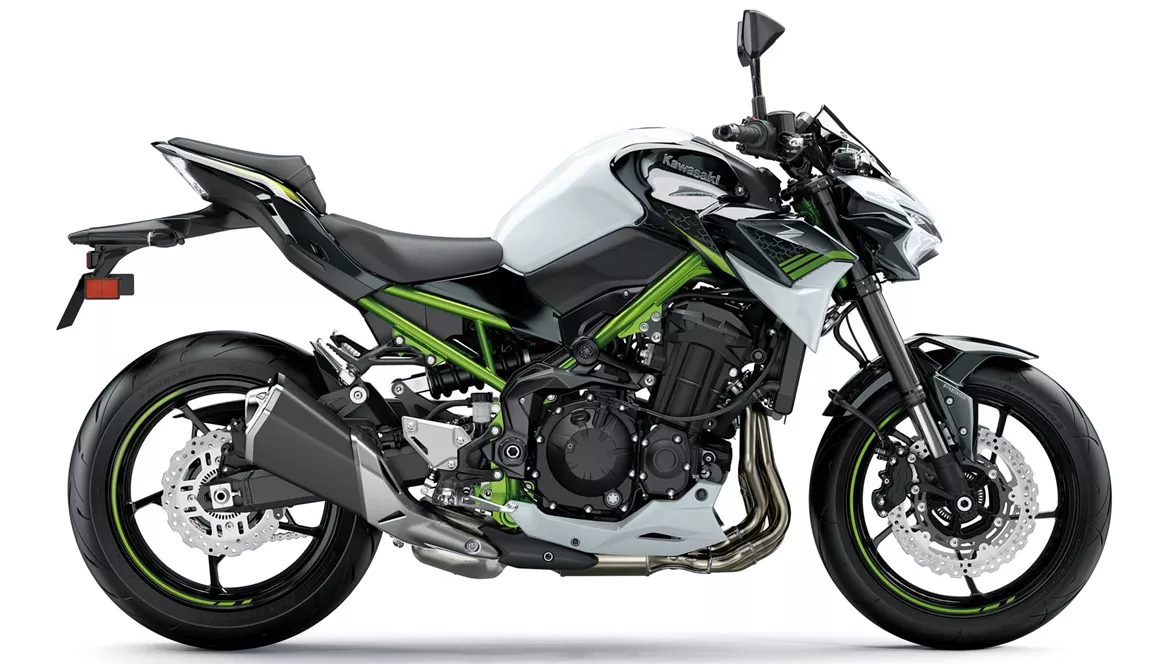
Kawasaki Z900 70kW 2020
Overview - Honda CB650R 2021 vs Kawasaki Z900 70kW 2020
The Honda CB650R 2021 and the Kawasaki Z900 70kW 2020 are both naked bikes with similar engine power, fuel systems, and cooling systems. However, there are several differences between the two models.
In terms of engine power, both bikes have 95 HP, providing sufficient power for most riding situations. The Honda CB650R has a torque of 63 Nm, while the Kawasaki Z900 has a higher torque of 91.2 Nm. This higher torque may result in better acceleration and overall performance for the Kawasaki Z900.
Both bikes have a 4-cylinder engine and use fuel injection systems. They also have liquid cooling to ensure optimal engine temperature during operation. The Honda CB650R has a displacement of 649 ccm, while the Kawasaki Z900 has a larger displacement of 948 ccm. This larger displacement may contribute to the Kawasaki's higher torque and potentially better performance.
In terms of suspension, both bikes have upside-down telescopic forks at the front and swing arm suspensions at the rear. The rear shock absorbers on both bikes are monoshocks. However, the Kawasaki Z900 offers additional adjustment options for the rear suspension, including preload and rebound adjustments. This allows riders to fine-tune the suspension to their preferences and riding conditions.

Honda CB650R 2021
Both bikes have steel frames, but the Honda CB650R has a twin-tube frame, while the Kawasaki Z900 has a double cradle frame. The choice of frame design can affect the overall rigidity and handling characteristics of the bike.
In terms of braking, both bikes have double disk brakes at the front with four-piston calipers. The Honda CB650R has larger front brake disks with a diameter of 310 mm, while the Kawasaki Z900 has slightly smaller front brake disks with a diameter of 300 mm. The Honda CB650R utilizes radial technology for its front brakes, which may provide improved braking performance and feel.
In terms of rider assistance systems, both bikes are equipped with ABS. However, the Kawasaki Z900 offers additional advanced rider assistance systems, including riding modes, ride by wire, and traction control. These systems can enhance the overall riding experience and provide added safety and control.
Both bikes have similar dimensions and weights, with front and rear tire widths of 120 mm and 180 mm, respectively, and wheelbases of 1450 mm. The seat height of the Honda CB650R is slightly higher at 810 mm compared to the Kawasaki Z900's seat height of 795 mm. The Honda CB650R also has a slightly lower kerb weight with ABS, weighing 202.5 kg, while the Kawasaki Z900 weighs 210 kg with ABS.
In terms of strengths, the Honda CB650R is praised for its Neo Sports Cafe optics, making it visually appealing. It is also considered suitable for beginners and offers a good price-performance ratio. The engine is said to rev up smoothly, and the bike has low fuel consumption.

Kawasaki Z900 70kW 2020
On the other hand, the Kawasaki Z900 is praised for its power, handling, and equipment. It is also noted for its aggressive look and value for money.
In terms of weaknesses, the Honda CB650R is criticized for its limited space for tall riders, mediocre equipment, and relatively chubby design. Some riders also feel that it lacks punch in the lower rev range.
The Kawasaki Z900 is noted for its somewhat tiring menu navigation and the absence of a quickshifter option, which can be a convenience for some riders.
Overall, both the Honda CB650R 2021 and the Kawasaki Z900 70kW 2020 have their strengths and weaknesses. The choice between the two will depend on individual preferences, such as desired power, handling, equipment, and aesthetics.
Technical Specifications Honda CB650R 2021 compared to Kawasaki Z900 70kW 2020
Pros and Cons in comparison
Pros and Cons in comparison
Honda CB650R 2021
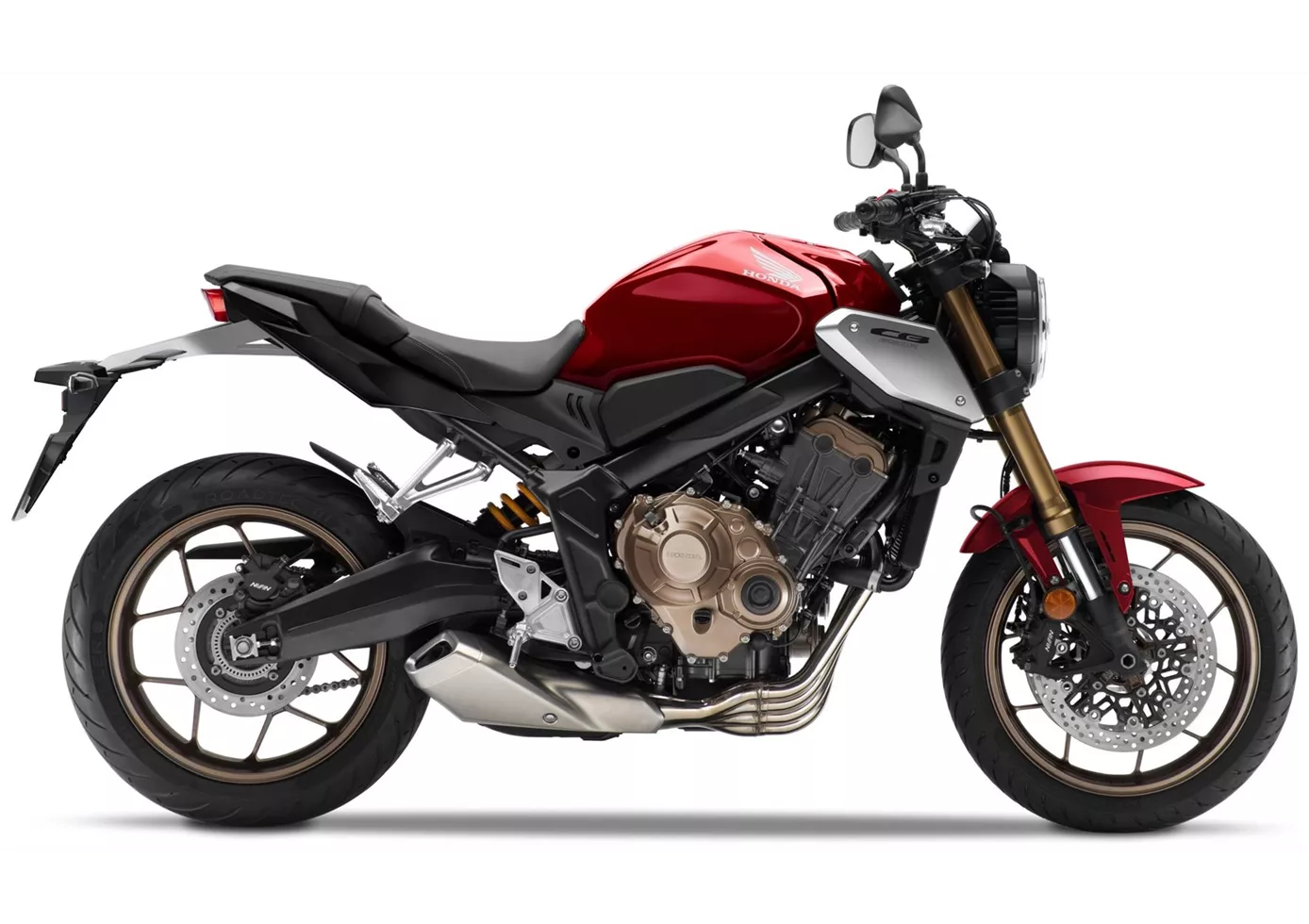
13 out of a possible 24 points mean 5th place in the large mid-range naked bike comparison test 2021. The Honda puts up a good fight against the technically more advanced competition and can leave a motorbike behind despite its position as an outsider. Pleasing looks, accessible riding and the low price make the shortcomings that were brought to light in the direct comparison fade into the background.
Kawasaki Z900 70kW 2020
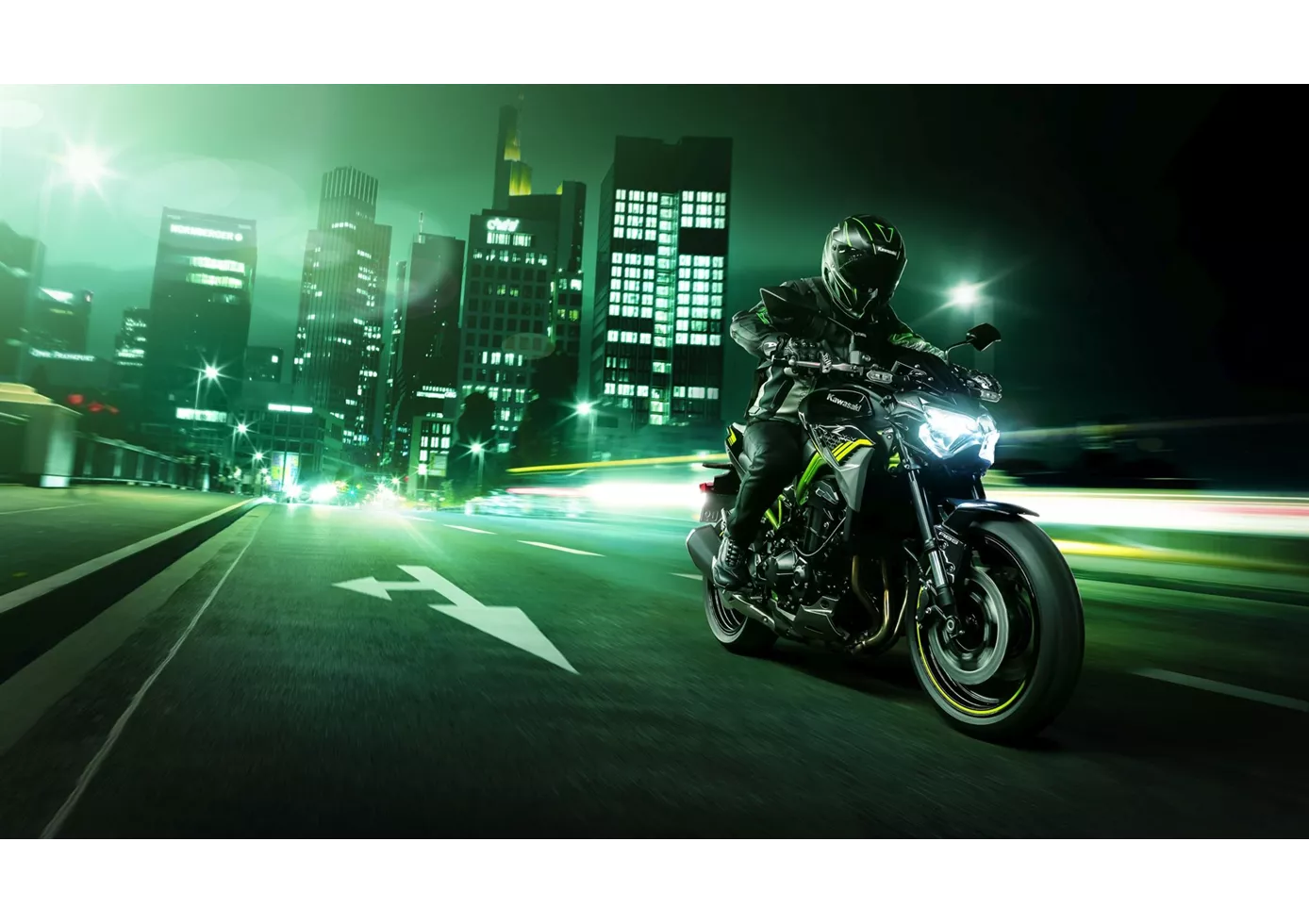
Whether you ride it with 70 kW, or in a further throttled 35 kW version: The Kawasaki Z900 is on a par with its open version - just with less power. That's why you can also be happy about the great handling and the updated electronics package for 2020. There's also good news about the engine. Even with 95 hp, the Kawa pulls tight on the chain and will give pleasure for many seasons! A bike you can grow with!
Price Comparison Avarage Market Price Honda CB650R vs Kawasaki Z900 70kW
There are a few key differences between a Honda CB650R 2021 and a Kawasaki Z900 70kW 2020. In terms of price, the actual average price of a Kawasaki Z900 70kW 2020 is about 28% higher. Compared to Kawasaki Z900 70kW 2020 there are more Honda CB650R 2021 bikes available on the 1000PS.de Marketplace, specifically 11 compared to 5. It takes less time to sell a Honda CB650R with 63 days compared to 197 days for a Kawasaki Z900 70kW. Since model year 2019 1000PS.de editors have written 23 reviews for the Honda CB650R and 10 reviews for the Kawasaki Z900 70kW since model year 2018. The first review for the Honda CB650R was published on 10/8/2018 and now has more than 53,700 views. This compares to more than 104,300 views for the first review on Kawasaki Z900 70kW published on 11/23/2018.


